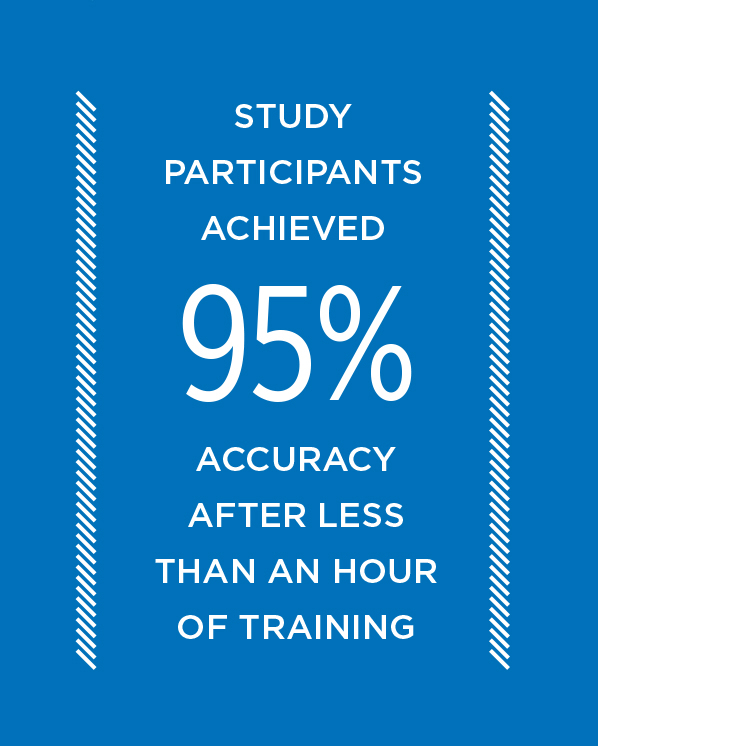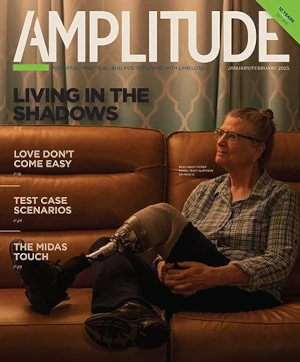
Despite the rapid progress in bionic technology (see “The Future Is Now” elsewhere in this issue), rejection rates for advanced prosthetic devices remain stubbornly high. Between a quarter and a third of upper-limb amputees end up abandoning their devices, most commonly because they find the technology too difficult to master.
But a new technique called sonomyography is quietly emerging that might give arm prosthesis wearers easier, more intuitive control over their devices. Initially described in 2019 by researchers at George Mason University, this novel approach departs from the myoelectric control strategies that power most current bionics. Instead of relying on nerve impulses to activate the prosthesis, the new approach uses ultrasound to measure muscle contractions in the residual limb, then translates those signals into movement.

The early indications are that sonomyography requires far less training than myoelectric systems, while yielding more precise motor control over grip strength, thumb/finger position, and other fine movements. In the initial set of experiments, involving five below-elbow amputees and five able-bodied subjects, the participants achieved roughly 95 percent accuracy after less than an hour of training. A follow-up study produced similar results (92 percent accuracy).
In December, George Mason released the first test results of sonomyography for above-elbow limb loss. The study only involved a single subject and is considered exploratory, but the results were encouraging: The participant achieved better accuracy via sonomyography than with the myoelectric device he has been using for the last two years.
The small sample size makes it premature to draw sweeping conclusions, but cautious optimism is clearly in order. Sonomyography may eventually become a viable strategy for prosthesis control. Stay tuned.



